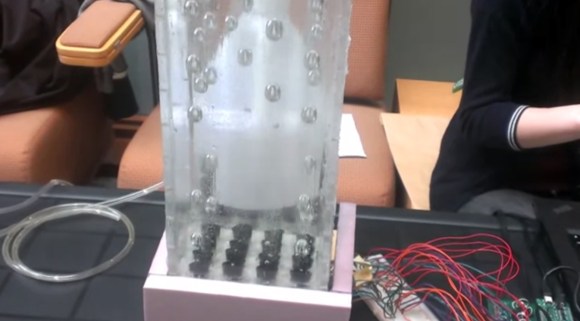A report released this week suggests that 50 flights into its five-flight schedule, the Mars helicopter might be starting to show its age. The report details a protracted communications outage Ingenuity’s flight controllers struggled with for six sols after flight 49 back in April. At first attributed to a “communications shadow” caused by the helicopter’s robotic buddy, Perseverance, moving behind a rocky outcrop and denying line of sight, things got a little dicey once the rover repositioned and there was still no joy. Since the helicopter has now graduated from “technology demonstration” to a full-fledged member of the team tasked with scouting locations for the rover while respecting the no-fly zone around it, it was essential to get it flying again. Several attempts to upload a flight plan failed with nothing but an acknowledgment signal from the helicopter, but a final attempt got the program uploaded and flight 50 was a complete if belated success. So that’s good, but the worrying news is that since Sol 685, the helicopter has been switching in and out of nighttime survival mode. What that portends is unclear, but no matter how amazing the engineering is, there’s only so much that can be asked on Ingenuity before something finally gives.
refractive index2 Articles
3D Bubble Display

[Craig Shultz], a mechatronics grad student at Northwestern University, sent us a video of his group’s project from last winter: a 3D bubble display. We’ve seen some pretty impressive and innovative bubble displays around here—most recently the 60-tube RGB LED build—but [Craig’s] is the first we’ve seen that adds some depth to the project.
For the most part, its construction is what you’d expect: an acrylic case enclosing the 4×4 arrangement of tubes, 16 valves 16 individually controlled solenoids, and some small air pumps; all driven by a PIC microcontroller. In the video, however, you’ll have to strain your eyes if you want to see the tubes, which is a clever design choice on [Craig’s] part to showcase the display’s depth. Each of the bubbles was visually separated by pairing glycerin with a tubing material that had a similar index of refraction, Pyrex. As a result, the tubes blend seamlessly into the fluid. Check out the video after the break.











